Bingo Breakdown: Patterns, Probabilities, and Multi-Card Play
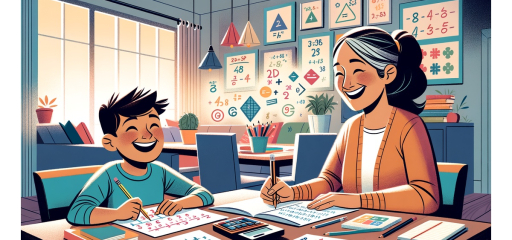
Bingo has remained a favorite game across generations, changing from simple number announcements to lively get-togethers, both in person and online. Its lasting appeal isn’t just luck. It shows a neat mix of chance, spotting patterns, and making smart choices.
People often think bingo is only a game of luck, but research shows that doing well requires some grasp of math. Wins come from certain patterns, and knowing about probability really helps in judging your chances. Plus, studies say that playing with more cards boosts your odds.
Crunching the Numbers: Bingo Probabilities Explained
Bingo appears random, but math allows us to see likelihood, at least in theory. Your chances are equal at the start with a single card, but patterns and the numbers drawn change things.
Pattern-Specific Probabilities
Different designs shift the math. Four corners might need just four matches, but their spread-out positions make it about 1 in 1,000. A full blackout? That’s exponentially rarer, with sequence odds in the trillions, though real play focuses on completion before the last ball. Remember, in multiplayer games, more opponents mean slimmer personal chances, as the first to finish takes it. There are ways players can test the odds online by using platforms like $20 deposit casinos that let you try out games affordably, experimenting with various patterns without high stakes.
Odds for a Single Card
In a standard setup, hitting a straight line typically takes around 42 calls on average. Half the time, you’ll win by the 41st draw, and nine out of ten games wrap up by number 54. But early miracles? A five-call bingo (post-free space) is a long shot at 1 in 50,000. Tools like Monte Carlo simulations help map this out, showing peaks in wins around 40-45 calls.
Decoding Bingo Patterns: From Basics to Advanced
Bingo is a game of matching patterns to win. It usually involves 75 balls and a 5×5 card. The columns are labeled B, I, N, G, and O. The B column holds numbers 1 through 15, while the O column has numbers 61 through 75. The center spot is a free space and is already marked for you.
Straight Lines and Simple Wins
Watch for the simplest pattern: a straight line of five spots, either across, down, or at an angle. These often show up fast, usually within 30 to 40 calls, so the game stays interesting. They are easy for new players to spot, but pay close attention.
Creative and Challenging Designs
To add some variety to your bingo games, move beyond the standard straight lines. Try marking just the four corners, or create a small square in one corner of the card. For a longer game, go for a blackout, which means covering the entire card. These options let you set the game’s pace, preventing overly quick endings or slow progress. As the host, you can choose settings that suit your group and introduce more strategic depth.
Leveling Up with Multi-Card Strategies
Why stick to one card when multiples can amplify your shot? This approach leverages math to cover more ground without altering the draws.
How Extra Cards Boost Your Chances
The more cards you have, the better your chances of winning. Just having two cards will double your odds right off the bat. If you have ten cards, you’ll probably win before 50 numbers are called. With 50 cards, you’ll often win by the 20th call, about two-thirds of the time. It comes down to simple odds: the more numbers you’ve covered, the sooner a win is likely.
Practical Tips for Multi-Card Success
Here’s some advice on keeping things simple when using several cards:
- Begin with a few cards: Get familiar with a small number of cards before including more.
- Keep things in order: Sort your cards by color, or use an online tracker.
- Think about automatic marking: This helps you concentrate on your main plan.
- Spend carefully: It is smart to keep track of how much you spend and how it compares to your income.
- Mix up your numbers: Picking cards with different numbers can improve your chances.
Final Thoughts: Turning Insights into Action
Bingo combines math and fun as players consider patterns and odds while managing multiple cards. Using these strategies may increase your chances of success. Try them out in a casual game to see if they give you an edge. These numbers could help you win next time.
Frequently Asked Questions
What is a growing pattern?
A growing pattern in mathematics refers to a sequence that increases based on a specific rule or formula. In the context of games like Bingo, recognizing growing patterns can help players anticipate which numbers might be called next, enhancing strategic play. For example, if a pattern emerges in the numbers called, understanding this can guide decisions on which cards to play or which numbers to watch closely. While Bingo is largely based on chance, identifying patterns can slightly tilt the odds in a player’s favor by informing their gameplay choices. This concept is also crucial in understanding mathematical sequences and series, which are foundational in many areas of math.
Is a chord equal to its arc?
In the context of geometry, which underpins the calculation of probabilities and patterns like those in Bingo, it’s important to differentiate between a chord and an arc. A chord in a circle is a straight line segment whose endpoints both lie on the circle, whereas an arc is a portion of the circumference of the circle between two points. Thus, a chord is not equal to its arc; they are different types of measurements within the circle, with the chord being a line segment and the arc being part of the circle’s perimeter. Understanding these fundamental geometric concepts can help in grasping more complex mathematical patterns and probabilities in games and beyond.
How do you add and subtract mixed fractions?
To add or subtract mixed fractions, you first need to convert them into improper fractions, where the numerator (top number) is greater than the denominator (bottom number). This is similar to playing bingo with multiple cards: you consolidate your resources to better manage them. Once converted, ensure the fractions have a common denominator, then simply add or subtract the numerators. Finally, simplify the fraction if possible and, if needed, convert it back into a mixed number. This process ensures accuracy, much like tracking patterns in bingo enhances your chances of winning. For more detailed steps and examples, you can check this guide on how to add and subtract fractions.
Related to This Article
More math articles
- Full-Length 6th Grade PSSA Math Practice Test-Answers and Explanations
- Even or Odd Numbers
- Using Number Lines to Represent Decimals
- How to Solve Inverse Trigonometric Functions?
- How Can You Use Math for Calculating Your Winning?
- How to Decode Data Types
- Unlocking the Potential of Algebra 1: A Comprehensive Guide for Teachers
- Marketing Math: What’s a New Customer Really Worth?
- Finding Derivatives Made Easy! Product Rule of Differentiation
- Ace the Math Subtests of the ASVAB Test





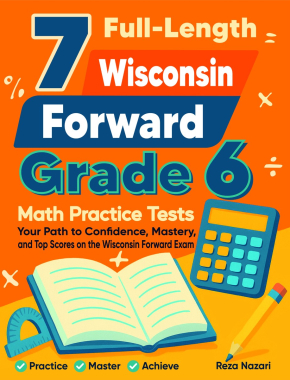

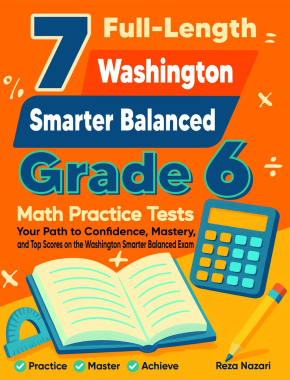




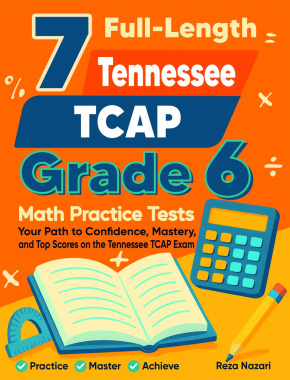
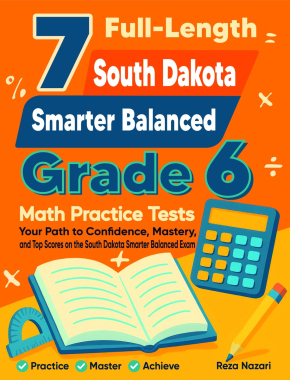
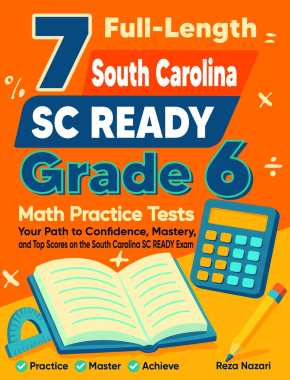
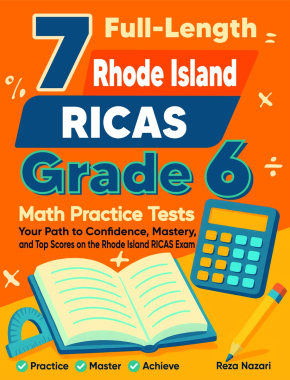
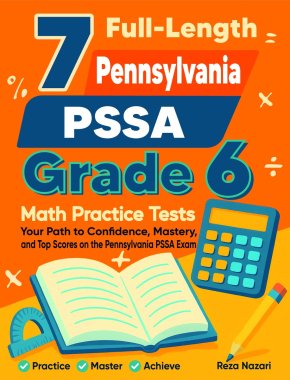

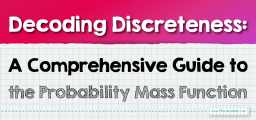

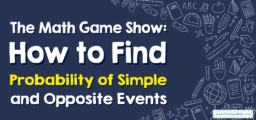


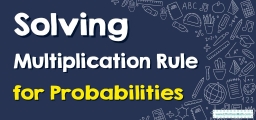

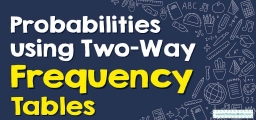

What people say about "Bingo Breakdown: Patterns, Probabilities, and Multi-Card Play - Effortless Math: We Help Students Learn to LOVE Mathematics"?
No one replied yet.